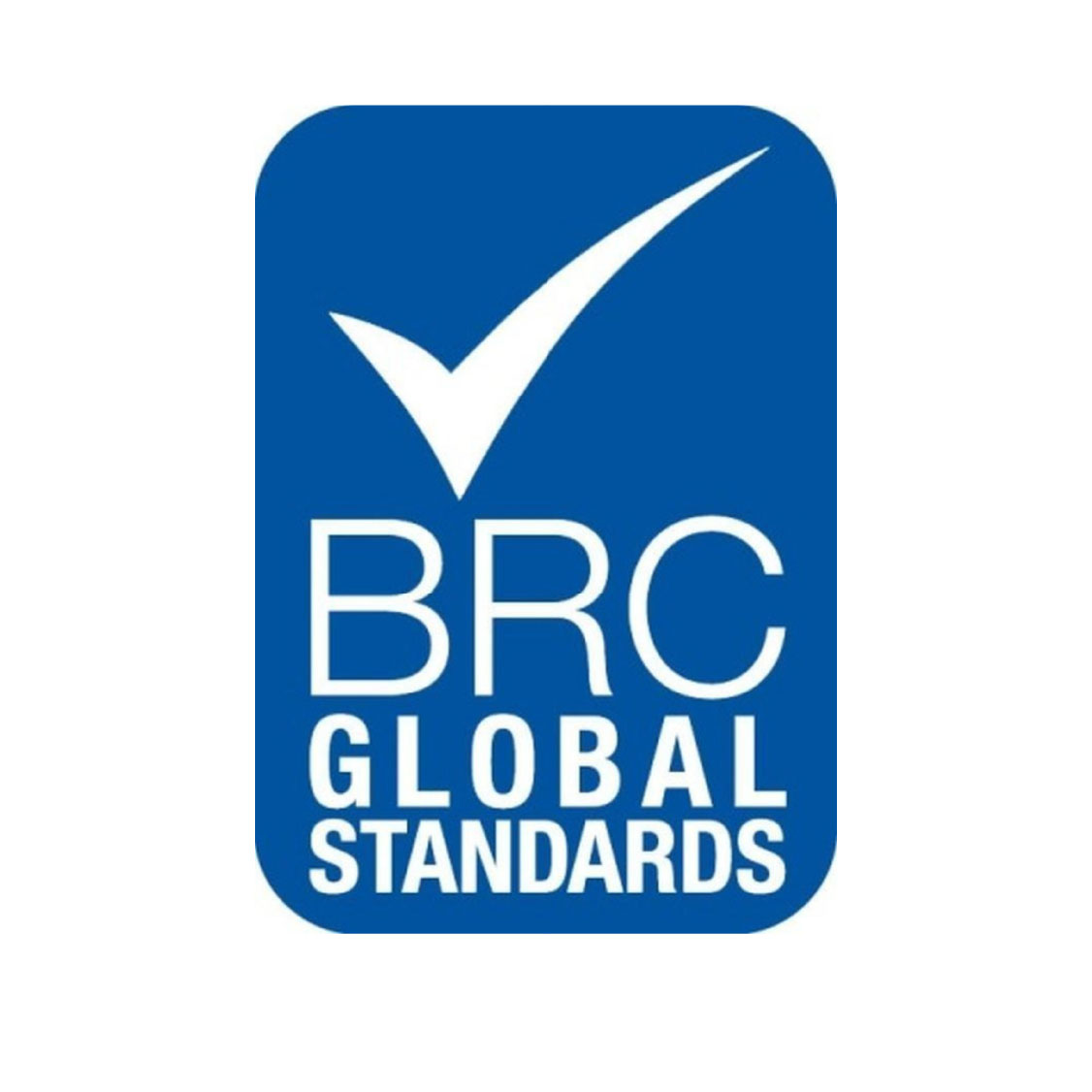British Retail Consortium (BRC)
BRC primarily stands for the British Retail Consortium. It is a trade association representing retailers in the UK and also a global standards-setting organization for food safety, packaging materials, and other areas.
